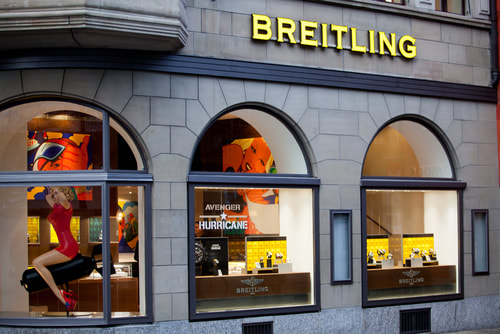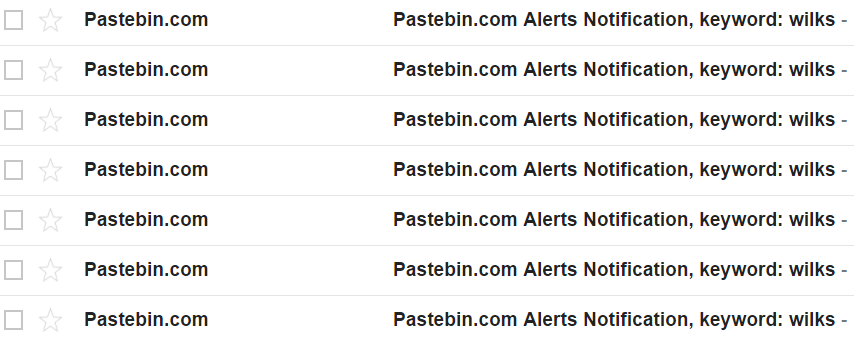The word unlimited is misused in consumer technology. Unlimited data transfer from mobile networks rarely is and unlimited cloud storage usually doesn’t last long. Is the expectation of unlimited anything unrealistic and what should the industry do about it?
Since the original iPhone launch smartphone data usage has spiked and is now the main buying criteria for many of us selecting a plan. When the iPhone launched on O2 there was an unlimited data plan. If you look around the market in the UK today you’re hard pressed to find unlimited mobile data and the market in the US in similar. Three still have their ‘All you can eat’ data offerings but they seem to have deliberately avoided the work unlimited. Even here though there are restrictions on tethering.
Consumer cloud storage has also had its share of issues with the word unlimited. Bitcasa famously offered unlimited cloud storage but the offer ended amongst much angst for its users. Similarly Microsoft made a big splash when they offered an OneDrive unlimited plan only to withdraw it a year later. The latest casualty of the unlimited storage wars seems to be Amazon whose unlimited Cloud Drive seems to being withdrawn.
So is unlimited realistic? As a consumer looking at an unlimited offering it seems to make some kind of sense. The things I am buying that is ‘unlimited’ is not tangible, it is in the cloud or in the case of data transfer is transient. This though is where the new world of cloud and everything online collides with the reality of the underlying technology. Whilst to a consumer this is all a bit abstract to a provider there is real world technology underneath. Real world technology with capex costs, electricity and cooling costs as well as bandwidth costs to be paid to providers.
I think there are a couple of types of consumer that are attracted by unlimited. There are those that are simply looking to avoid worry about hitting the limits. I fall into this category especially for mobile data. The other category some call ‘abusers’ but I can’t go this far, how do you abuse something that is unlimited? You can’t. In the data storage world there is subreddit for DataHoarders with their euphemistic ‘Linux ISOs’ who upload Terabytes upon Terabyes of data. These consumers though are costing the providers real world money because of the underlying technology costs.
I am not sure there is an answer to this conundrum. Consumers who don’t want to worry about limits will always be joined by those in the second category (which I cannot bring myself to call abusers). Maybe an answer is to set large limits which allows the first category to not worry but limits the second. But to do this the uneducated consumer needs to understand what that limit means. Do your parents understand what a 10GB limit on their mobile data plan means or are they just looking to use their phone without worrying? Maybe the answer is more education. Or maybe we just need to stop using the word unlimited, especially when we don’t mean it.
Image: Zentilia/Shutterstock.com
Since the original iPhone launch smartphone data usage has spiked and is now the main buying criteria for many of us selecting a plan. When the iPhone launched on O2 there was an unlimited data plan. If you look around the market in the UK today you’re hard pressed to find unlimited mobile data and the market in the US in similar. Three still have their ‘All you can eat’ data offerings but they seem to have deliberately avoided the work unlimited. Even here though there are restrictions on tethering.
Consumer cloud storage has also had its share of issues with the word unlimited. Bitcasa famously offered unlimited cloud storage but the offer ended amongst much angst for its users. Similarly Microsoft made a big splash when they offered an OneDrive unlimited plan only to withdraw it a year later. The latest casualty of the unlimited storage wars seems to be Amazon whose unlimited Cloud Drive seems to being withdrawn.
So is unlimited realistic? As a consumer looking at an unlimited offering it seems to make some kind of sense. The things I am buying that is ‘unlimited’ is not tangible, it is in the cloud or in the case of data transfer is transient. This though is where the new world of cloud and everything online collides with the reality of the underlying technology. Whilst to a consumer this is all a bit abstract to a provider there is real world technology underneath. Real world technology with capex costs, electricity and cooling costs as well as bandwidth costs to be paid to providers.
I think there are a couple of types of consumer that are attracted by unlimited. There are those that are simply looking to avoid worry about hitting the limits. I fall into this category especially for mobile data. The other category some call ‘abusers’ but I can’t go this far, how do you abuse something that is unlimited? You can’t. In the data storage world there is subreddit for DataHoarders with their euphemistic ‘Linux ISOs’ who upload Terabytes upon Terabyes of data. These consumers though are costing the providers real world money because of the underlying technology costs.
I am not sure there is an answer to this conundrum. Consumers who don’t want to worry about limits will always be joined by those in the second category (which I cannot bring myself to call abusers). Maybe an answer is to set large limits which allows the first category to not worry but limits the second. But to do this the uneducated consumer needs to understand what that limit means. Do your parents understand what a 10GB limit on their mobile data plan means or are they just looking to use their phone without worrying? Maybe the answer is more education. Or maybe we just need to stop using the word unlimited, especially when we don’t mean it.
Image: Zentilia/Shutterstock.com





 RSS Feed
RSS Feed